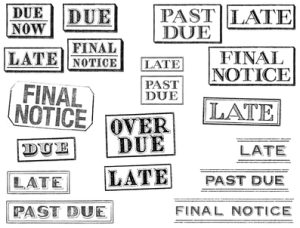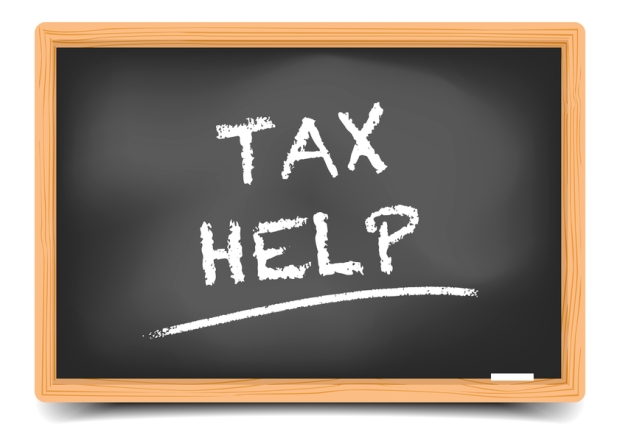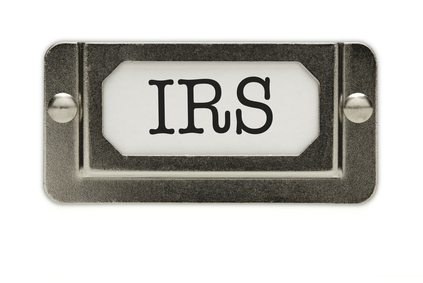 Tax season comes around every year whether you are ready or not. Most people prepare and file their returns on time every year. Maybe you are one of those people who, for any number of reasons, never got around to filing your return. Once you missed one return, the prospect of later filing two or more returns became overwhelming. Before you knew it, you were several years behind and not sure how to remedy the situation. Letters and notices from the IRS started to stack up on your desk, but you were too overwhelmed to open them. Now is the time to change things.
Tax season comes around every year whether you are ready or not. Most people prepare and file their returns on time every year. Maybe you are one of those people who, for any number of reasons, never got around to filing your return. Once you missed one return, the prospect of later filing two or more returns became overwhelming. Before you knew it, you were several years behind and not sure how to remedy the situation. Letters and notices from the IRS started to stack up on your desk, but you were too overwhelmed to open them. Now is the time to change things.
Below are three steps to take NOW:
1) Stop avoiding the issue
The IRS is not going anywhere. Prolonging the inevitable is only hurting yourself. The longer you wait to deal with this issue, the more interest and penalties will compound. It’s definitely to your advantage to deal with things on your terms, before the IRS forces your hand with collection action and/or audits.
Although uncommon, in a worst case scenario the IRS can pursue criminal charges against non-filers. They can also file a return for you and then assess the tax and start collection activity. The filing of a substitute for return (called an “SFR”) often results in a significantly higher tax liability because the IRS normally won’t give you the benefit of all of the tax breaks that you would get if you filed the return yourself.
If there is a possibility that you will be a due a refund for a past year, you have three years to file and claim that refund. However, if you owe money and don’t file a return, the time frame for assessment never starts. While the IRS will usually only request six years of unfiled returns when dealing with non-filers, not filing a return technically leaves the IRS with an open-ended time frame for assessment and collection.
2) Gather your information
Go through your old papers, folders, and file drawers and gather anything that might be tax related. Err on the side of including too much. You can always thin things out later. If you don’t have copies of old records, you can request past statements from your bank or credit card companies. You can also request copies of information from the IRS that various entities (employers, investment companies, mortgage lenders, etc.) would have submitted to the IRS under your Social Security number. While records created at the time of an expense are preferred, some records can be recreated, if necessary. Include all records related to major purchases, such as homes, cars, or investments.
Once you have everything gathered, go through and sort it by year, and then by month. You can sometimes back into information for a particular tax year based on only a few monthly statements. Create a separate folder for each year, or even each month within the year if the records are voluminous.
If you also happen to have a stack of unopened correspondence from the IRS, now is the time to deal with it. You want to make sure that you don’t miss any important information or any response deadlines that may be helpful. Open and sort these notices in date order as well and put them in their own folder.
3) Find a qualified professional
If you haven’t filed a tax return in several years, odds are that you aren’t going to be able to catch up and file all of your back returns on your own. The best advice is to find a qualified professional to prepare the returns and walk you through the process. In addition to preparing the returns, a good tax professional can also help you navigate the IRS collection process and a possible installment agreement or offer in compromise. If you have a good reason for failing to file your returns, a qualified professional can also help you request abatement of some IRS penalties.
TaxLane® (www.taxlane.com), regularly assists taxpayers with Unfiled Returns, Offers in Compromise, Installment Agreements, and the removal of IRS liens and levies. Steve Photopoulos, JD, MST, a tax professional with over fifteen years of experience, is the owner and founder of TaxLane®, and creator of the blog, Life in the Tax Lane (www.lifeinthetaxlane.com).
To find out what options are available to you, contact our offices at (844) 479-9977. We will talk openly and honestly about your tax situation and provide you with the best possible strategy for dealing with your IRS issues.

 The IRS has announced that it is currently experimenting with expanded criteria for streamlined processing of taxpayer requests for installment agreements. Among the expanded criteria for streamlined processing are individual taxpayers with an outstanding tax balance between $50,000 and $100,000 that request an installment agreement that will pay off their balance in 84 months or less.
The IRS has announced that it is currently experimenting with expanded criteria for streamlined processing of taxpayer requests for installment agreements. Among the expanded criteria for streamlined processing are individual taxpayers with an outstanding tax balance between $50,000 and $100,000 that request an installment agreement that will pay off their balance in 84 months or less. YES, there are.
YES, there are.




